Efficient inbound call center management relies on data-driven decision-making. That’s why measuring critical inbound call center metrics and KPIs – regularly and consistently – is the essential step in managing your inbound call center. From agent performance and customer experience to your service quality and the efficiency of your call center operations – you can measure all that and more by keeping track of the right metrics and call center KPIs (Key Performance Indicators).
Following our previous post on call center management, in this blog, we’ll dig deeper into the most important call center metrics and KPIs you should be tracking in your inbound call center. Plus, we’ll complement it with an infographic and some strategies you can implement to improve your metrics (which would naturally mean more productive agents, better customer service experience, and improved operational efficiency). So, let’s get straight to it.
Top Inbound Call Center Metrics and KPIs to Track
Whatever inbound call center software solution you are currently using in your call center, it most probably offers at least basic call reporting features, allowing you to measure your call center’s performance and agent productivity. But what contact center metrics should you focus on and why? Below, we’ve highlighted the top inbound call center metrics and KPIs to pay attention to:

First Response Time (FRT)
First Response Time (or First Reply Time) is a contact center metric that shows how long it takes your customers, on average, to reach your support rep after making a phone call or initiating contact through other customer service channels. Keeping your FRT as low as possible is important because, along with other factors, it directly impacts customer satisfaction. According to a HubSpot study, 90% of customers rate an ‘immediate’ response as essential or very important when they have a customer service question.
Average First Response Time = Sum of First Response Times/ Total Number of Inquiries
Average Speed of Answer (ASA)
The Average Speed of Answer (also known as Average Time in Queue or Average Wait Time) shows how long it takes on average for an incoming call to get answered by an agent, starting from the moment a caller is placed in a call queue. While the call center industry benchmark for ASA is around 28 seconds, your goal is to keep it as low as possible; otherwise, your Call Abandonment Rate will shoot up. Based on Call Centre Helper, 43% of contact centers report that most of their customers will abandon the call if left in a queue for only one minute.
ASA = Total Waiting Time for Answered Calls / Total Number of Answered Calls
First Call Resolution Rate (FCR)
First Call Resolution (also known as First Contact Resolution or One-call Resolution) measures the ability of call center agents to resolve customer issues during the first interaction. FCR is one of the key inbound call center metrics closely tied to customer satisfaction. A study by SQM Group revealed that for every 1% improvement in your FCR, you get a 1% improvement in your CSAT scores, too. They also found that every time a customer has to call back regarding the same issue, CSAT scores drop by 15% on average.
FCR = (Total Number of Calls Resolved on the First Contact / Total Number of Calls Received) x 100
Average Handle Time (AHA)
The Average Handle Time (or Average Handling Time) measures the average amount of time an agent takes to handle a call from start to finish. That includes the actual talk time, hold time, and After-Call Work (post-call follow-up activities). While the average industry standard for AHT is slightly over 6 minutes, as a general rule of thumb, you should try to keep it as low as possible. But of course, it should never be done at the cost of the quality of interactions; otherwise, customer satisfaction will suffer.
AHT = (Total Talk Time + Total Hold Time + After-Call Work)/ Total number of Calls
Average Call Transfer
The Average Call Transfer rate is the percentage of calls transferred to other departments or team members when an agent is unable to resolve a customer’s issue. Though transfers are necessary for better resolution of customer issues, they might cause customer frustration. A Salesforce study found that 83% of customers expect to solve complex problems by speaking to one service representative. Naturally, you should aim to keep your Transfer Rate to a minimum by optimizing your call routing and IVR menus.
Transfer Rate = (Number of Calls Transferred / Total Number of Calls Handled) x 100
Call Abandonment Rate
The Call Abandonment Rate measures the percentage of calls that are abandoned by callers before reaching an agent. Abandoned calls are directly related to long wait times and lead to decreased customer satisfaction. A study by Software Advice revealed that most consumers are not willing to wait on hold even for five minutes. Luckily, you can easily reduce your Abandonment Rate by simply offering a callback option to your customers (we’ll talk about it in more detail later).
Abandonment Rate = (Number of Abandoned Calls / Total Number of Inbound Calls) x 100
Repeat Call Rate
The Repeat Call Rate is a call center metric that measures the percentage of incoming calls made by customers regarding the same unresolved issue. It is typically measured within a specified period (e.g., the last 5-10 days). Obviously, if you are getting a large number of repeat calls from your customers, your FCR rate and customer satisfaction will decrease. The key to reducing the Repeat Call Rate is to identify and address the root causes of repeat calls. In addition, you can also implement self-service options and enable customers to resolve issues independently.
Repeat Call Rate = (Number of Repeat Calls / Total Number of Calls) x 100
Percentage of Calls Blocked
The Percentage of Calls Blocked measures the number of incoming calls that receive a busy signal or are directed straight to voicemail. Lack of available agents due to insufficient staffing and no call queues configured are a few common reasons for blocked calls. Or, your call center software provider might not be able to handle your inbound call volume. Needless to say how frustrating it is for customers, considering that 83% expect to interact with someone immediately when they contact a company, according to Salesforce.
Percentage of Calls Blocked = (Calls That Fail to Reach Agents / Total Number of Calls) x 100
Service Level
Service Level measures the percentage of calls answered within a set time limit – and it’s a cornerstone indicator of your team’s ability to provide timely service to your customers. Most call centers have similar Service Level standards (typically, answering 80% of inbound calls within 20 seconds). Consistently meeting your Service Level objectives can improve your overall call center performance and customer satisfaction. While there are many ways to improve Service Level adherence, optimizing your agent scheduling is the first thing to consider.
Service Level = (Number of Calls Answered in Y seconds /Total Calls Received) x 100
After-Call Work Time (ACW)
After-Call Work Time (also referred to as Post-Call Work or Wrap-up Time) refers to the time it takes for an agent to complete all post-call-related tasks once the interaction is over. That may include logging the call, updating customer data in the CRM system, adding notes, scheduling follow-up steps, etc. A high value for ACW suggests the inefficiency of call center tools agents are using. Integrating your call center system with CRM and investing in call center automation tools can help you lower it.
ACW = Total Time Required to Finish all Post-Call Tasks / Total Number of Calls
Cost per Call (CPC)
Cost per Call (or Cost per Contact in contact centers) measures the average cost of each incoming call handled by your team. CPC is an important metric to keep tabs on as it gives you insights into the cost-effectiveness of your call center operations. Reducing cost per call requires a strategic approach. Hiring remote agents, using cloud-based call center software, and implementing omnichannel support are just a few ways to mention.
CPC = Total Cost of all Calls / Total Number of Calls
Agent Utilization Rate
Agent Utilization Rate measures the percentage of time call center reps spend handling customer calls and performing post-call related activities out of their total work hours over a specific period. Along with Schedule Adherence and other metrics and KPIs, Utilization Rate helps managers evaluate agent performance as it basically shows how effectively agents are using their work hours. While you might want to keep it as high as possible, that might lead to increased burnout and turnover. The key is to find a healthy balance for your reps.
Utilization Rate = (Total Talk Time + Total After-Call Work Time) / (Total Work Hours x 60) x 100
Agent Schedule Adherence
Schedule Adherence is a workforce management metric customer service managers should be keeping an eye on. It measures whether or not agents adhere to their assigned schedules during their work hours. In tandem with other metrics, Schedule Adherence helps managers evaluate operational efficiency and staffing needs. Overall, Schedule Adherence rates between 85-95% are considered acceptable. Ensuring adherence to schedule will help reduce the number of abandoned and missed calls and improve your Service Level.
Schedule Adherence Rate = (Total Minutes Worked / Total Scheduled Minutes) x 100
Customer Satisfaction Score (CSAT)
Customer Satisfaction Score measures the level of satisfaction and customers’ perception of the service they received. It is usually measured through CSAT surveys that ask customers to rate their satisfaction level on a scale of 1 to 10. In general, a CSAT score between 70% and 90% is considered good. Why does it matter? Numerous studies have shown a direct correlation between customer satisfaction and loyalty. E.g., according to HubSpot, 93% of customers are likely to make repeat purchases after an excellent service experience.
CSAT Score = (Number of Satisfied Responses / Total Number of Responses) x 100
Customer Effort Score (CES)
Customer Effort Score measures how much effort is required for a customer to engage with a company and get their issue resolved. A higher CES means it takes less effort for your customers to engage with you, which is what you should be aiming for. Along with the level of satisfaction, customer effort has a direct impact on loyalty to a brand. Gartner’s Customer Value Advantage report revealed that only 37% of consumers remain loyal to a company after a “high-effort resolution”, while 61% stay loyal after a “low-effort resolution”.
CES = Total Sum of Responses / Total Number of Responses
Net Promoter Score (NPS)
Net Promoter Score measures how many customers are willing to recommend your brand to others and helps gauge customer loyalty. An NPS survey asks a single question: On a scale of 0 (not at all likely) to 10 (extremely likely), how likely are you to recommend our company/ product/ service to a friend or colleague? Respondents are then divided into 3 categories: Promoters (scored 9-10), Passives (scored 7-8), and Detractors (scored 0-6). Considering the benefits of having more loyal customers, improving your NPS should be one of your priorities.
NPS = % Promoters – % Detractors
NB: If you run an outbound call center, you should be tracking a different set of metrics and KPIs. Check out more in our related blog: Top 10 Outbound Call Center Metrics Your Call Center Should Measure.
How to Improve Your Call Center Metrics: Tips and Best Practices
Set realistic targets based on your industry benchmarks
First, you should know your industry benchmarks to better understand what you should be aiming at. E.g., the average FCR rate for the retail industry is around 78% – while for tech companies, where customer support is typically more complex and time-consuming, it’s about 65%. Though you should always strive to get your FCR rate as close to 100 percent as you can (which would be ideal but unlikely to happen, of course), knowing the average industry benchmarks will help you set realistic targets.
Improve your call routing strategy
By simply improving your call routing strategy, you can actually improve multiple metrics. E.g., with skill-based routing, you can set your inbound calls to be routed to agents best suited to handle specific types of issues. The outcome? Improved First Call Resolution rates, reduced Average Handle Times, fewer call transfers, and increased Customer Satisfaction Scores. Additionally, you can capture customer intent and even more data from callers with an Interactive Voice Response system to improve your call routing efficiency.
Implement queue callbacks
Long hold times often become a huge source of frustration for callers, resulting in more dropped calls and reduced customer satisfaction. In fact, according to a study by Software Advice, waiting on hold even for one minute feels like too much for over 60% of consumers, while nearly two-thirds (63%) would prefer a callback instead of waiting on hold. If your customers are forced to wait on hold for over five minutes, consider adding a callback option, enabling callers to request a return call once an agent becomes available. That can help you reduce Call Abandonment Rate and AHT while also improving CSAT scores.
Add comprehensive self-service options
Study after study shows that consumers have become more self-reliant than ever. E.g., a report by Higher Logic Vanilla revealed that 79% of consumers expect organizations to offer self-service support tools to help them find answers without having to reach out to support. Moreover, 84% say they try to solve issues on their own first. By providing your customers with self-service tools (knowledge bases, FAQs, AI bots, self-service IVR, etc.), you can reduce your overall inbound call volume, which means lower percentage of blocked calls and shorter wait times for those who would still prefer to call your customer support.
Ask for feedback from your customers
Customers are the greatest source of learning for any business – a statement that doesn’t need an explanation. If your CSAT scores are consistently low, there’s probably no better way to find out why than simply ask your customers directly through CSAT surveys. Adding a couple of open-ended questions to your CSAT surveys (e.g., What’s one thing we could have done differently to make your experience better? or What can our support team do better next time?) can give you a wealth of insights to improve your customer experience metrics.
Ask for feedback from your agents
Similarly, your agents are yet another valuable source of learning. As your frontline employees who interact with your customers day-to-day, they know what drives customer satisfaction and causes customer complaints. On top of that, they know exactly what’s working and what needs to be changed to improve your systems, policies, and processes. By capturing their feedback and suggestions and – most importantly – implementing changes based on that feedback, you can improve your agent productivity metrics and overall CX.
Leverage real-time call monitoring and speech analytics
Monitoring customer calls in real time is a common practice in inbound call centers. For call center managers and supervisors, it’s an excellent way to assess agent performance alongside tracking performance metrics and KPIs, spot agent knowledge gaps, and uncover training and coaching opportunities. Moreover, you can gain even deeper insights into your customer interactions with AI-driven speech analytics tools to have a better understanding of what needs to be improved to optimize your call center performance metrics and contact quality scores.
Provide targeted coaching sessions
While generic training sessions might be efficient at the onboarding stage, these aren’t enough to move the needle for your reps if you’re looking to boost your performance metrics. More personalized 1-on-1 coaching sessions are a great way to address knowledge gaps, help your agents master new skills, and improve their efficiency in handling customer interactions. That can ultimately result in better FCR rates and shorter handling times alongside other positive outcomes for your team and customers alike.
Improve Your Call Center Performance and KPIs with VoiceSpin’s Call Center Solutions
Keeping track of vital call center metrics and KPIs and making timely improvements based on this data is key to improving agent performance, call center efficiency, profitability, and customer satisfaction. Fortunately, most contact center solutions provide built-in reporting capabilities. VoiceSpin’s call center software is no exception. It comes with a comprehensive set of features and tools to help you measure your call center performance and improve your metrics. With VoiceSpin, you can:
- Generate pre-built and custom reports and track all the critical metrics and KPIs that matter to your business to better guide your decision-making.
- Take advantage of a bunch of inbound call management features (including call routing, IVR, and queue callbacks), enabling your reps to handle calls quickly and efficiently.
- Monitor calls as they are happening to assess agent performance and uncover inefficiencies and bottlenecks with an AI Speech Analyzer.
- Integrate your call center with your CRM system through out-of-the-box or custom CRM integrations to give agents more context for a more personalized CX.
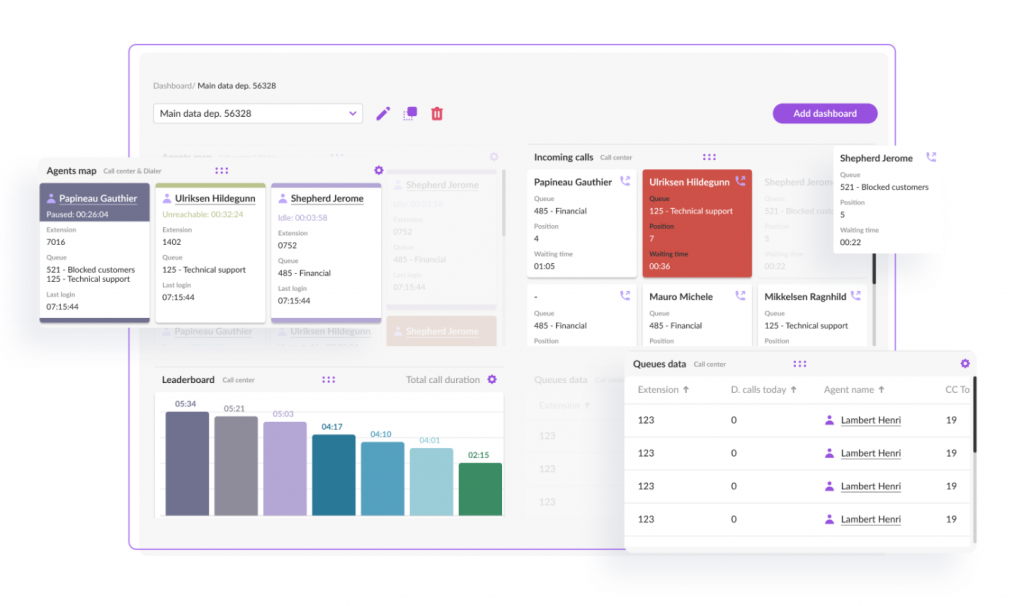
Book a demo call now with one of our sales reps to explore VoiceSpin’s call center software features for customer service teams and find out whether our solution is the right fit for your business needs.
Sources:
- https://blog.hubspot.com/sales/live-chat-go-to-market-flaw
- https://www.callcentrehelper.com/customer-patience-appears-to-be-at-an-all-time-low-209500.htm
- https://info.microsoft.com/rs/157-GQE-382/images/2018StateofGlobalCustomerServiceReport.pdf
- https://www.salesforce.com/content/dam/web/en_ie/www/PDF/state-of-connected-customer-fifth-ed-comp.pdf
- https://www.softwareadvice.com/resources/3-ways-to-offer-callback/
- https://www.sqmgroup.com/pdf/FCRWhitepaper2020.pdf
- https://www.salesforce.com/content/dam/web/en_ie/www/PDF/state-of-connected-customer-fifth-ed-comp.pdf
- https://blog.hubspot.com/service/customer-service-stats
- https://emtemp.gcom.cloud/ngw/globalassets/en/sales-service/documents/trends/customer-value-advantage-ebook.pdf
- https://www.yotpo.com/blog/the-state-of-brand-loyalty-2021-global-consumer-survey/

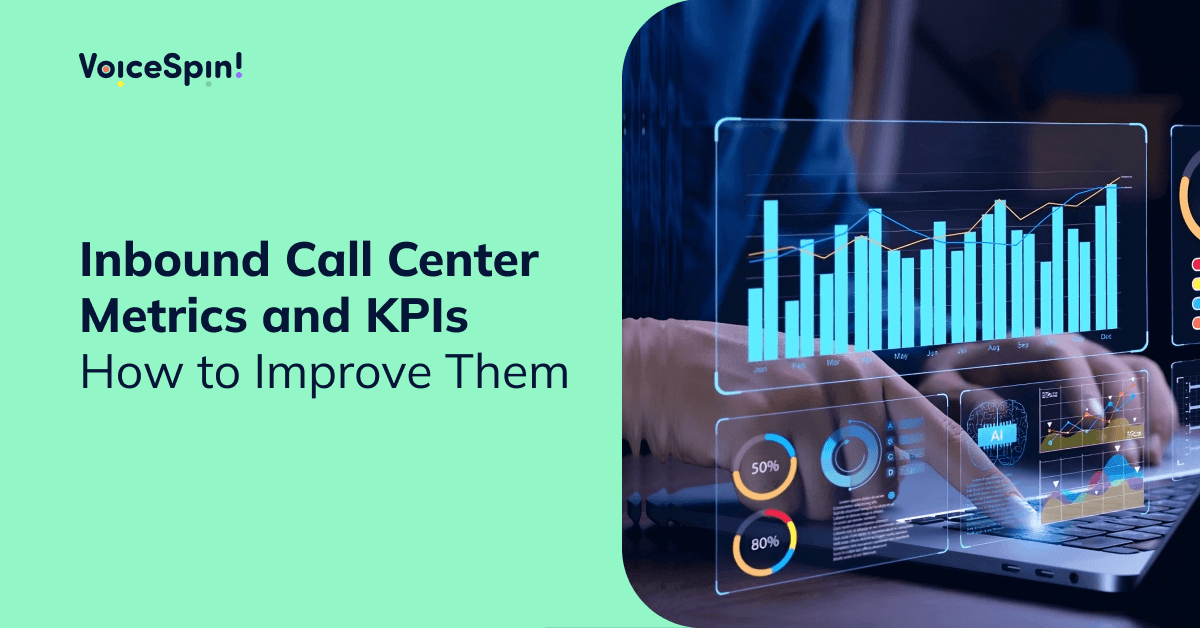
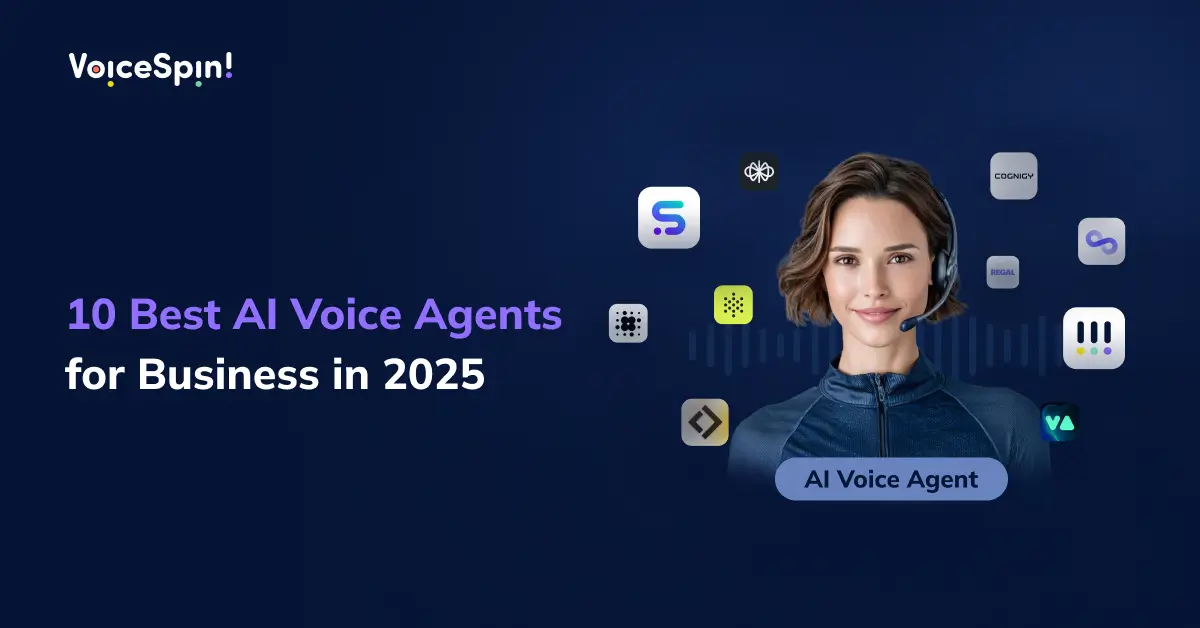
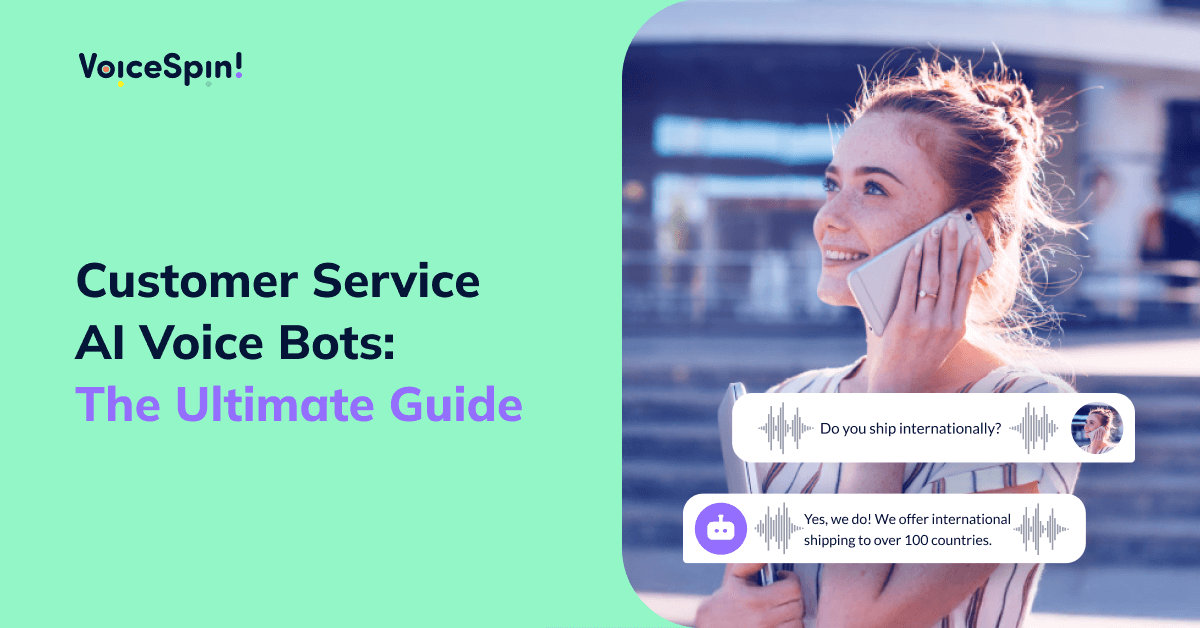
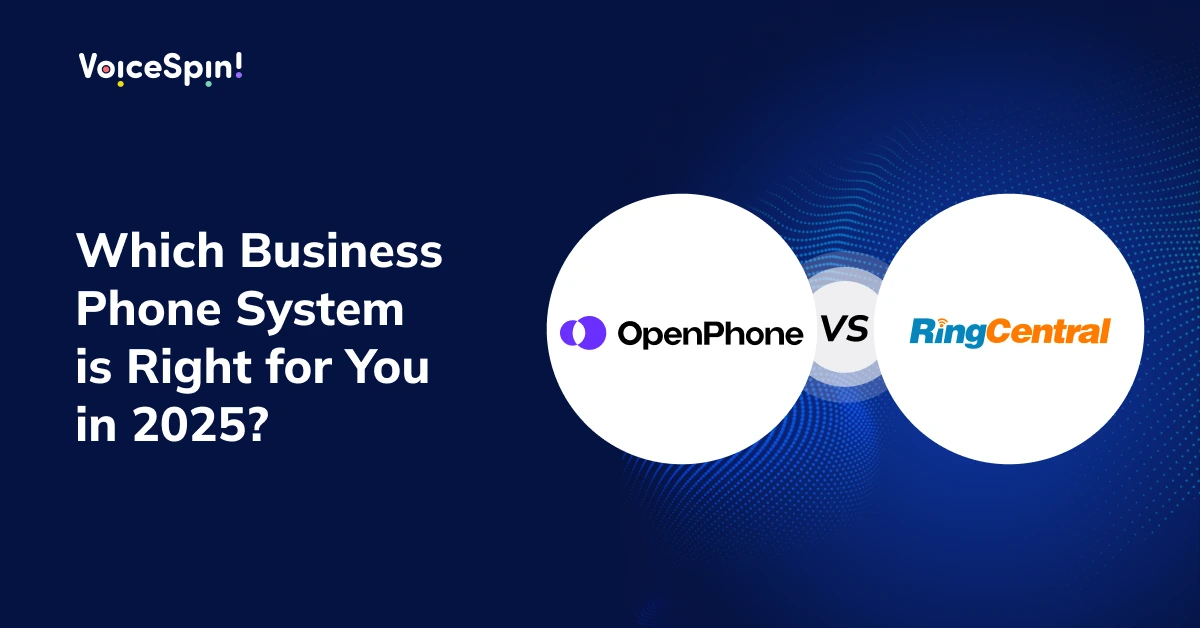
 +18889082995
+18889082995
 +442036084160
+442036084160
 +97237237006
+97237237006